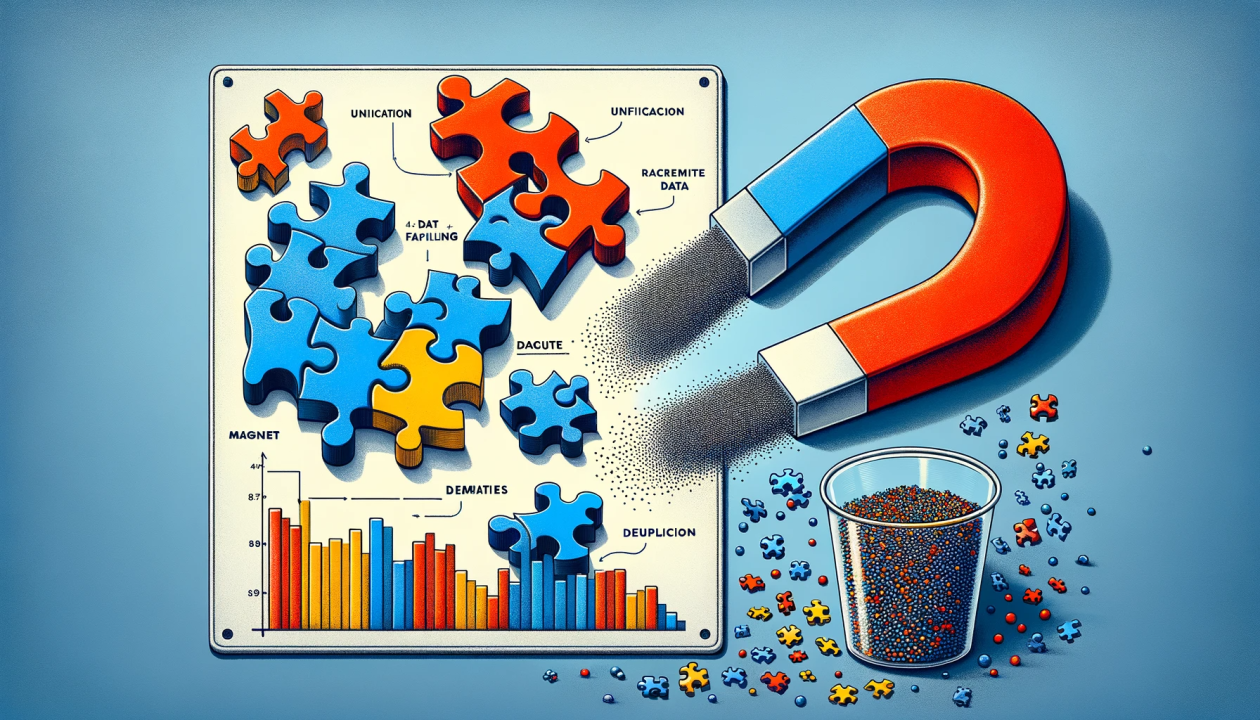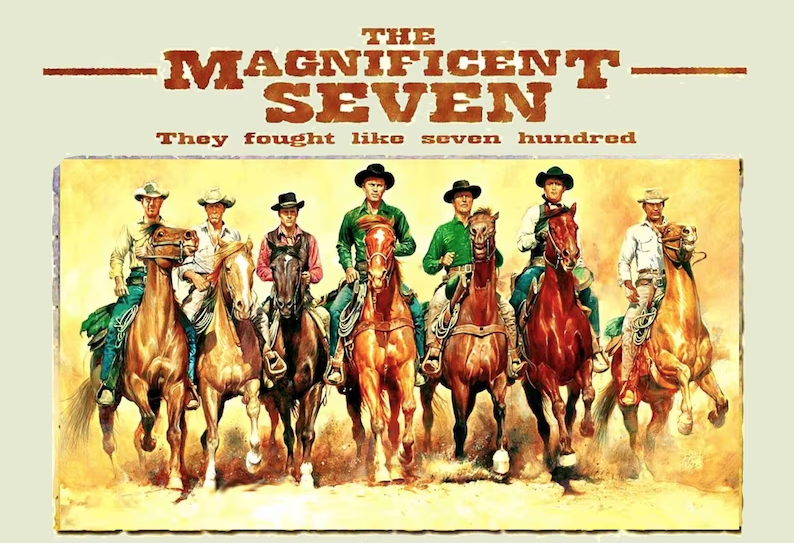Interview with an IBM expert of AI and Learning: How cognitive sciences are shaping next-generation solutions for CRMs
Published by Delpha on October 3, 2022
In this article, you will find a summary of the interview along with some key insights as to what businesses should be considering to improve user consumption and retention.
Look at your phone or laptop. You will probably see at least one notification or a reminder on it. Alerts have indeed helped applications target the right people, notify and lead them to the right actions to improve user engagement on a new level.
When mobile users worldwide today already reach 7 billion people with about half of them using smartphones, it makes perfect sense why businesses would want to focus on using push notifications to get customers to use an app and to change their habits.
But what happens when users become numb to what seems an endless amount of daily notifications? Do push notifications still take the cake for being the best method to improve user engagement?
In this article, I will explore how humans react to notifications and extend this discussion to chatbots & AI solutions. I sat down (well opened my camera on zoom) with Denis Floréan–a leading IBM expert in Artificial Intelligence and Learning subject matter–who explained the difference between the two form factors and their success in driving behavior from a cognitive science perspective. The interview was centered around the main question: is there a better way to engage in in-app usage?

What is the average reaction to a push notification?
According to CleverTap research, US smartphone users receive 46 push notifications per day on average. 10% of people find them annoying and disable notifications. However, the rate at which people disable notifications is on a declining trend, which is suggested to be attributed to improved marketing strategies that send better messages at the right time.
Whether receiving a social media push notification, an email, or an alert from any app informing you of something, you pay attention to your device. There is evidence that push notifications actually release dopamine, the neurotransmitter that makes people feel good.
Even though alerts help applications and digital products engage with users, sometimes these notifications can have negative implications. Too many notifications can be overwhelming and lead to increased distraction/interaction, the feeling of anger, and even anxiety.
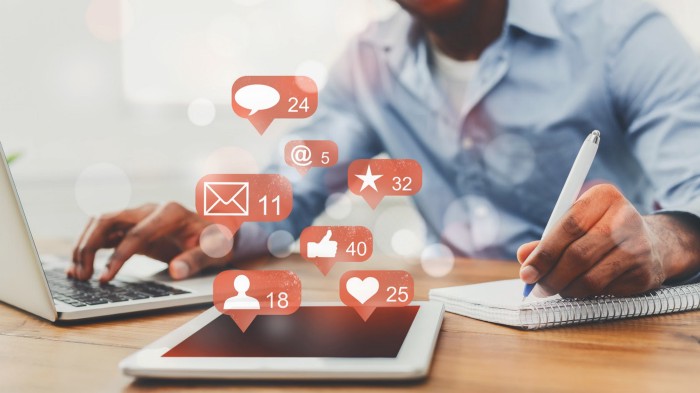
What should digital product creators do then? What is the perfect formula for pushing notifications to engage with the app rather than feeling annoyed or overwhelmed? Is there a different method such as a chatbot that provides a better solution?
The two generations of chatbots for B2B solutions
Currently, two chatbot generations assist businesses in increasing the adoption of applications. Imagine you are in your Salesforce, and you need to look for product codes to declare a business opportunity. You can open the chatbot to see where this information is located—this small helper aids in showing you the necessary information. Software developers have already understood that first-gen chatbots are fundamental to facilitate the adoption process. But what if there was a way to intervene in the application?
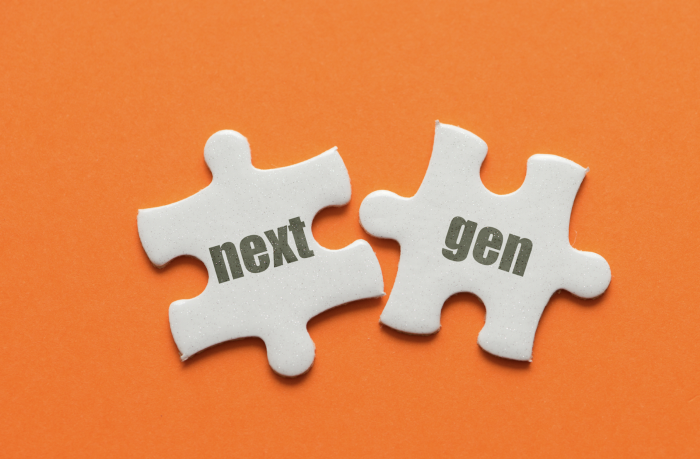
This is what the second generation of chatbots are being designed to do. They don’t just explain what to do but show you how to do it by taking you to the right page and modifying the app’s information.
For example, Delpha, our AI-powered solution to data quality problems in Salesforce, does not only detect where the contact is missing an email or a phone number, but it takes you to the contact page and helps to modify the info. This solution engages with the user at the right moment and at the right place to fix a problem. The second-gen chatbots are closer to the notion of “co-bots” – the collaboration between humans and robots. The only difference is that this robot is virtual.
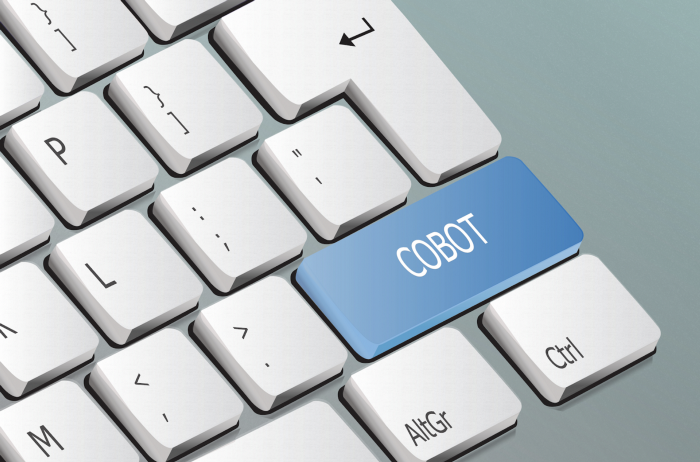
I will now share some direct excerpts from the interview with Denis, who will share more about the advancements of cognitive science and how they related to different generations of chatbots for business applications.

Interview with Denis Florean
Can you introduce yourself?
Denis: My name is Denis Floréan, I work at IBM, and I am in charge of the human side of our client’s digital transformation. I am particularly in charge of the adoption and support of change in our client’s employees’ digital work environment. I work on the employee experience side.
What does this mean daily at IBM? How do you apply cognitive science to business operations?
Denis: I use cognitive science to study the mechanisms of cognition, i.e., the mechanisms in the brain, to start with training. My objective is always to use the best mechanisms of thought, memory, and understanding in a training vocation since I’m interested in the employee experience.
Digital technology favors permanent learning, what we call the learning company. So its mechanisms are fascinating and applicable to these digital systems based on cognitive sciences.
Why cognitive sciences?
Denis: One of the consequences of the digital transformation that we see all around us – is that now a company employee is asked to use about twenty digital applications in his work environment, and 3/4 of these applications are critical for his business.
Putting all this in the head of a human being is impossible. You can’t remember the optimal use of all the applications. The questions I asked: What are the limits? How do we foster and improve that? That’s the first phenomenon.
And then there is a second phenomenon. We are not from the same generation, and a younger generation is certainly more digital. From the point of view of brain mechanisms, there are things that young people do better or less well than older generations.
For example, we notice that the younger generations, the more digital they are, the less they remember things. That is, your long-term memory is getting weaker than the older generations. The older generation has been educated to work on memory, so they memorize much more.
On the other hand, the younger generations, the digital natives, can make associations and connections. And when it looks like a Blablacar, they don’t need to remember; they make associations. So there are times when the links in the brain are faster. In other words, you know what an application can do, but you haven’t memorized how to do it.
Another point is that cognitive sciences have been used in marketing to promote the customer experience. For example, having interesting marketing approaches, the smell of chocolate croissants near a bakery encourages the act of purchase, even if there are no chocolate croissants.
Indeed, the mechanisms that take place in the head make purchase triggered, which we know how to do for customers. I try to borrow from cognitive sciences to apply them to customers and employees. We know that, by symmetry, everything we have learned about the customer experience must also be used to the employee experience. That’s why cognitive science is essential now.
My goal is to develop how their digital transformation facilitates adoption and has a good approach. For me, the notion of coach or chatbot is a joy that is quite relevant and will improve what I call methodical gestures, i.e., using its application appropriately—the Delpha solution in particular.
With this rapid development of digital technology, do you have any examples where cognitive science has explained or driven a particular company’s success?
Professional applications are more complex than customer applications. A customer application is simple: buying a train ticket, booking a car – it’s easy.
However, when working on tax exemption or supply chain – it can become more complicated. To facilitate the process, we need to bring in additional help; this is where the first generation of Chatbot comes alongside the application.
When you are in your Salesforce, you can ask the chatbot questions about what to do in the application. For example, I’m in the section to ask the product codes that I put when I declare a business opportunity – that’s the first help. It’s a first-generation chatbot that avoids my memory of not remembering where to look for all the codes.
Software publishers have understood that they need to associate a chatbot with their applications to help them know what to do. We have to go further because the limit of these chatbots is that they explain what to do.
But what if we were able to intervene on the application? We wouldn’t be able to tell you what to do, but we would be able to tell you how to do it. And that was the first work that I did with companies that we’re able to do interactive online help.
These companies rely on online helpers capable of intervening on the application to explain a manipulation, and I associated artificial intelligence with it. And how does it work? The user opens a chatbot, he asks the question in conversation, saying I would like to know in SAP click to make the operation.
All this is my first-generation digital coach. It’s been two years since I implemented it at IBM, at different clients. And then there’s a second-generation chatbot. It’s like the Delpha solution on Salesforce where you’re not over the application in addition to being there.
We’re in Salesforce. What happened is that we first had chatbots next to the application to explain what to do, first-generation digital coaches. But since then, the application explained how to do it. And now, with Delpha’s digital coach, we are in the application.
The significant advantage is that you can manipulate the data in the application. So we don’t explain how to do things. We recommend improving the business’s performance by saying: “I’ve analyzed the data, and by analyzing your data, I suggest that you do this to improve performance.” We go one step further than that.
What’s important to understand is that this is why the chatbot form is super interesting. And why I was interested in working with Delpha on this form of interface between man and machine.
Salesforce continues to grow its product line and features allowing users to do more and more, however that also contributes to a functional obesity of the applications. There are so many features that the human brain cannot memorize everything that it’s capable of doing – all of which are quite spectacular.
That’s why the evolution of man-machine interfaces will evolve by not developing functionalities inside the software but by creating the capacities of a digital coach to enable users to do several functionalities at the same time in one place. That’s why it’s essential to introduce cognitive sciences in the use of the digital environment.
Whether it’s push notifications or chatbot conversations, does cognitive science suggest anything about an optimal volume or frequency for ideal engagement?
It is not about the quantity. From a cognitive science perspective, when an employee is working on an issue and focuses on fixing it, the notification telling him how to solve it will be a pain reliever and make him feel good. The conversation from a chatbot lasting for less than 50 seconds and focusing on the same issue might act as a de-stressor and lead to higher performance and, thus, an elevated emotional state.
However, if the alert suggests something completely irrelevant, it will be the point of irritation. If the conversation does not solve the problem in less than 50 seconds, it would mean that an employee would have to pay attention to the bot and not the problem.
The second-gen digital co-bots send notifications about the suggestions to be made on a specific page without filling employees’ heads with useless information. Moreover, the interface is designed to spend less than 50 seconds on a conversation, saving them much time.
One of the consequences of digital transformation is that now an employee is asked to use about twenty digital applications in his work environment, and 3/4 of these applications are critical for his business. Moreover, business apps add more and more extensions and features to their products, which leads to what Denis refers to as functional obesity. Professionals are not using all of the apps’ functionalities because there are too many to remember.
The objective of cognitive science, in this case, is, to use the best mechanisms of thought, memory, and understanding in a training vocation in the employee experience.
Another important fact is that younger generations, who are digital natives, have worse long-term memory, but better association creation. If they see how any application works once, they can understand how the similar one would work. For anyone with kids, they can surely relate to how fast young children can go from being shown where to find the photo album to open a new email and start typing away.
In other words, they would know what an application does without having to memorize it.
Cognitive science’s goal is to find the limits of the human brain to see how this memorization and association process can be fostered.
Customer applications are straightforward in usage – you book a car or order food in several clicks. However, when it comes to business applications, like CRM or SAP, the process becomes complex. The role of cognitive science is to see how the applications’ use could be more efficient for the business.
[end of interview]
The second-generation AI solutions can increase productivity in CRM for B2B professionals
To sum up, cognitive science plays a fundamental role in business applications. For example, companies have understood the importance of chatbots and the facilitation of processes in customer apps. However, there is also a significant opportunity on the employee side in B2B since they influence the performance.
The second-gen AI solutions for data quality like Delpha use machine learning to detect, fix and engage with users collaboratively so that productivity is maximized. For example, employees will not receive hundreds of irrelevant messages but instead open the solution once to fix the problem at the right moment.
Data is the oil of organizations, so good quality data is essential today. Start using professional applications to the fullest with the help of next-generation AI-powered robots. You do not have to memorize the process anymore, and you can let the AI solution do it for you to prioritize the actual selling.
About Denis Floréan:
Denis Floréan has always worked on “the development of digital for people and enhancing their potential.”
As a specialist in “Artificial Intelligence” and “Educational Sciences,” he advises many companies and organizations defining and implementing digital development systems.
Denis has also taught at the University of Paris Diderot and the CNAM. In addition, he has worked at Sciences Po Paris with Bruno Latour to teach technical and scientific controversies.
Denis was an expert on MOOCs at the IHEST (Institut des Hautes Etudes pour la Sciences et la Technologie) in the 2013-2014 national cycle: “Science, digital and public life: towards new interactions.”
Finally, he contributed to the Mettling Report, “Digital Transformation and Life at Work,” submitted on September 15, 2015, to Myriam El Khomri, Minister of Labor, Employment, Professional Training, and Social Dialogue.
At IBM, Denis is a Subject Matter Expert in learning and Artificial Intelligence and is Practice Leader for the “Digital Coach” and “Shift to remote working” offerings.
References:
Since the topic is relatively new, there is not much literature written on it. Nevertheless, you can have a look at the book that Denis Floréan has helped to edit:
Michel Barabel et al. (September, 2020), “L’IA au service des RH” (AI at the service of HR), Dunod, ISBN 978-2-10-081362-9
Want to learn more about Delpha?





